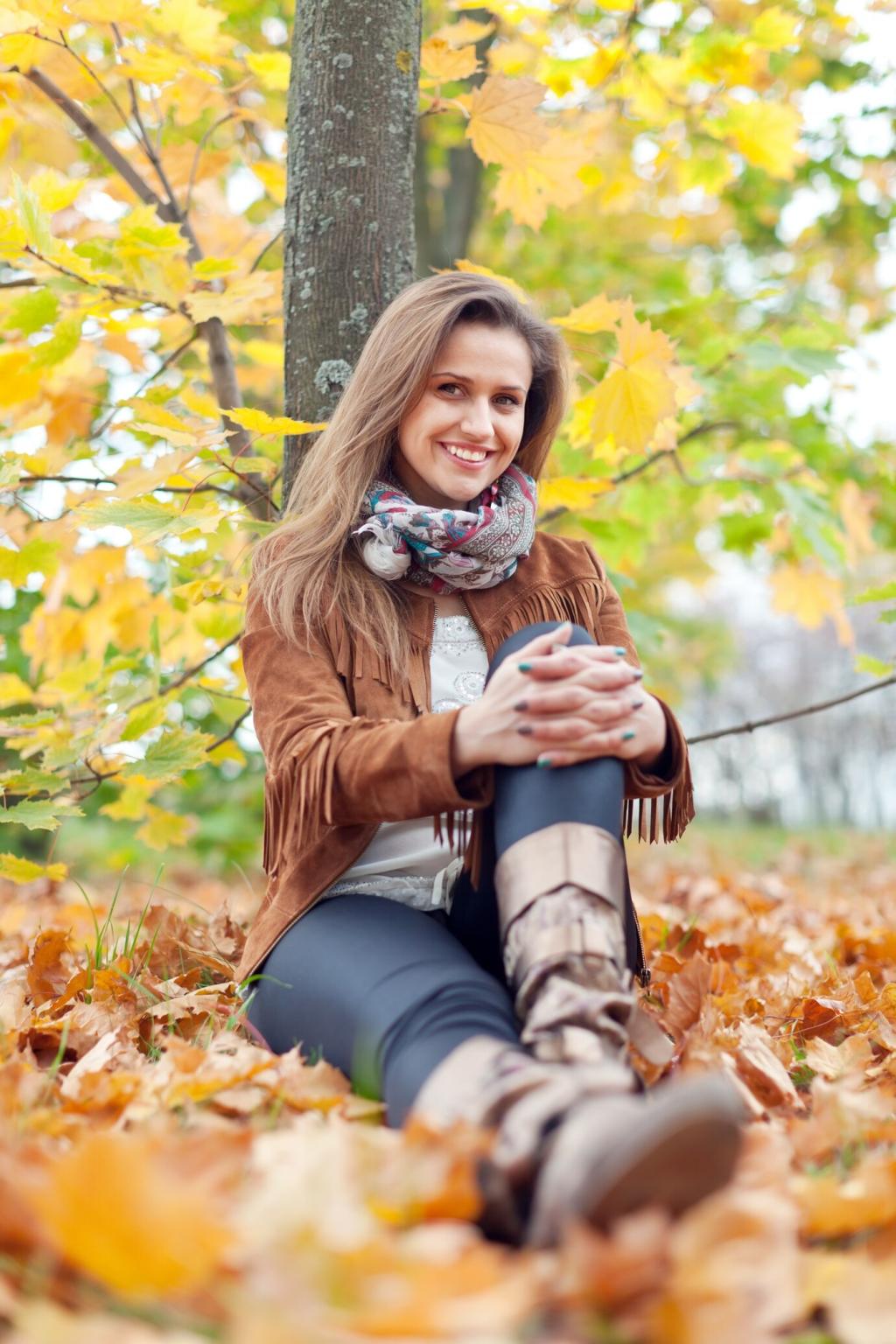Capturing Autumn's Vibrant Hues: A Photographer's Welcome
Selected theme: Capturing Autumn’s Vibrant Hues. Step into crisp air, bright leaves, and golden light as we explore thoughtful ways to celebrate fall color with honesty, artistry, and heart. Subscribe to stay inspired, share your images, and join our community of color-chasing storytellers.
Light That Makes Leaves Sing
Golden Hour Warmth
When the sun skims the horizon, leaves glow with honeyed warmth that deepens reds and ambers while keeping shadows gentle. Try a slightly cooler white balance to preserve nuance, and step a few feet sideways to catch grazing light cradling texture without crushing delicate tonal transitions.
Overcast Saturation
A bright overcast sky acts like a giant softbox, muting harsh highlights and making colors feel naturally saturated. On drizzly days, a circular polarizer helps cut glare on wet leaves. Slow down, breathe, and notice how quiet light reveals subtle gradients you might otherwise hurry past.
Backlight Magic
Stand with the sun in front of you and lift a branch toward the light; suddenly veins glow like stained glass. Spot meter highlights or use exposure compensation to protect luminous edges. A lens hood tamps down flare while preserving that radiant, translucent feeling we chase every October.
Color Theory for Fiery Forests
Blue Against Orange
A clear sky, river, or shaded road offers cool blues that make oranges pop through complementary contrast. Place a sliver of cool tone behind foliage to sculpt separation. If the sky dominates, reduce polarizer strength to avoid inky patches, then refine balance later with gentle HSL adjustments.
Neutrals As Breathing Room
Trunks, rocks, and mist are the quiet pauses that let saturated leaves sing. Use neutral elements as visual punctuation, creating rhythm and rest. A gray boulder or pale fog can anchor chaos, turning a busy forest into a legible, lyrical arrangement that guides viewers through the frame.
Color Flow in Composition
Arrange warm hues so they echo across the frame, forming a pathway for the eyes. Triangles of red, orange, and lingering green can create cohesion. Step forward or back to stagger colors at different depths, achieving layers that feel immersive yet calm, like verses in a song.
Tools That Respect the Palette
A circular polarizer reduces glare on waxy leaves and water, deepening color without artificial punch. Rotate slowly while watching reflections vanish. Avoid over-polarizing near a wide blue sky to prevent uneven patches; think of the filter as a dial for glare control rather than a saturation switch.

Protect the Red Channel
Crimson and orange leaves can clip easily, erasing subtle texture. Watch your RGB histogram and lower exposure until red highlights pull back from the edge. Slightly underexpose, then lift shadows with a soft hand later. A vibrant leaf with detail beats a neon smear every single time.

Bracketing With Purpose
Use exposure bracketing when contrast overwhelms a single frame, especially with bright skies and dark trunks. Blend exposures with restraint, keeping shadows believable and highlights gentle. If you prefer single-shot purity, try spot metering highlights and raising ISO just enough to cushion shadow noise.

RAW and Camera Profiles
Shoot RAW to protect malleable color and subtle gradients. Test camera profiles or film simulations that tame oversaturated oranges. Calibration targets help establish a faithful base. From there, nudge saturation selectively, allowing the scene’s natural complexity to lead rather than a heavy preset dictating mood.
A Day Chasing Maples
Before Sunrise at the Overlook
Fog pooled in the valley while the ridgeline blushed faintly. Colors were shy at first, then deepened as light skimmed the treetops. I waited, hands wrapped around a warm mug, watching a single sugar maple ignite as the sun cracked through, like a match striking in slow motion.
Midday by the Covered Bridge
Tourists drifted by with cider and questions. I rotated the polarizer until reflections softened just enough to reveal submerged leaves. A blue truck crossing the bridge offered perfect complementary contrast. I laughed when a child shouted that the river looked like a spilled box of crayons tumbling downstream.
Golden Hour, One Last Frame
I remembered my grandfather projecting slides onto a bedsheet, saying great color comes from patience and kindness to light. Backlit leaves turned translucent, and the whole grove breathed. I took one quiet frame, then simply stood there, inviting the moment to settle before packing up in the blue hush.

Creative Experiments With Autumn Color
Lower your shutter to half a second and pan gently along trunks. Let reds and yellows melt into ribbons while darker branches sketch structure. The result feels like brushstrokes rather than pixels, a respectful homage to the season’s motion and the wind’s soft choreography among the trees.
Creative Experiments With Autumn Color
Blend a sharp base frame with a softer, defocused layer to glow edges without plastic shine. Align verticals so trunks remain anchored. Two exposures can suggest memory rather than documentation, preserving the mood of walking through a corridor of light where color seems to float from leaf to leaf.
Editing With Restraint and Purpose
Thoughtful HSL Adjustments
Target oranges and reds with small, deliberate moves. A touch of luminance reduction can deepen texture without cartoonish saturation. If greens linger, shift hue slightly toward yellow for a cohesive palette. Keep before-and-after toggling frequent so your judgment stays anchored to believable autumn atmosphere.
Color Management Matters
Calibrate your monitor monthly and edit in a wide-gamut space, exporting sRGB for the web. Embed profiles to prevent shifts across devices. Soft, accurate screens protect careful hues from surprise neon shifts, ensuring the crimson you craft is the crimson your viewers actually experience.
Printing Autumn Honestly
Soft-proof for the paper you intend to use, comparing matte’s calm subtlety with glossy’s punch. Gamut warnings help you nudge oversaturated leaves back into printable range. Consider warm-toned papers for a gentle glow, and share your favorite papers so others can make their colors sing in print.
